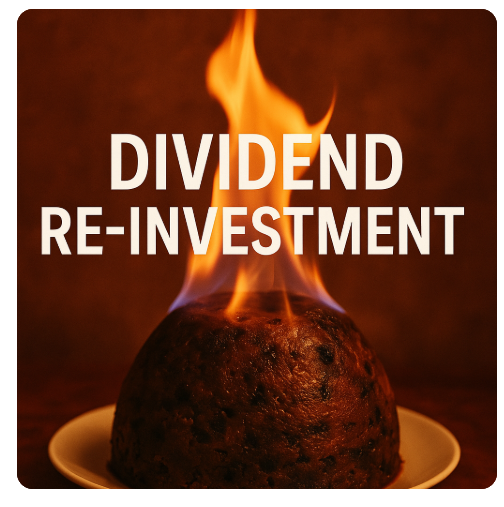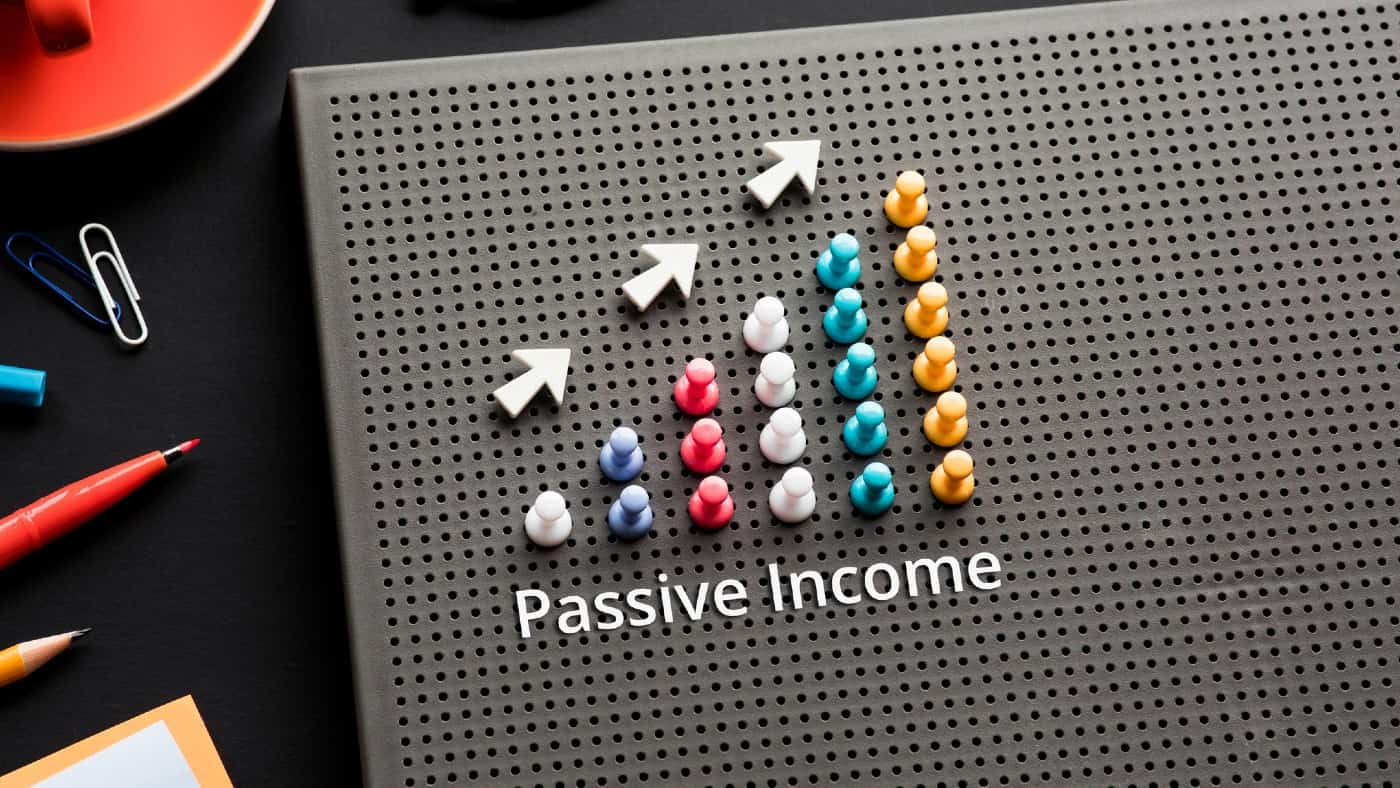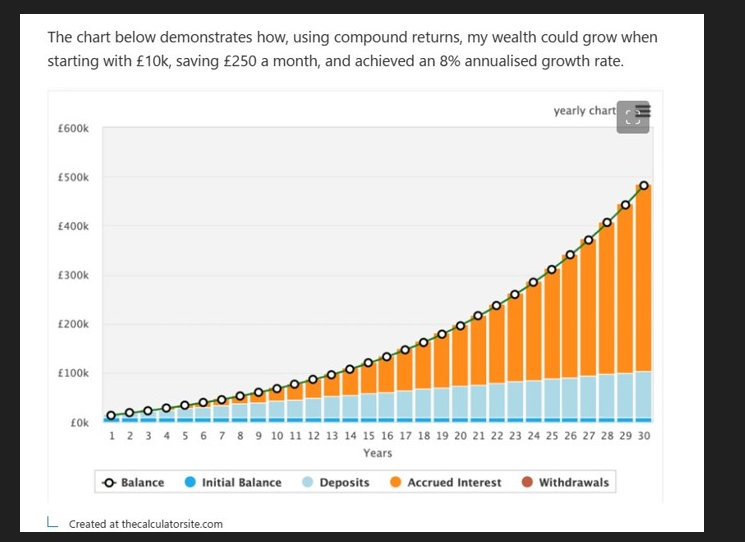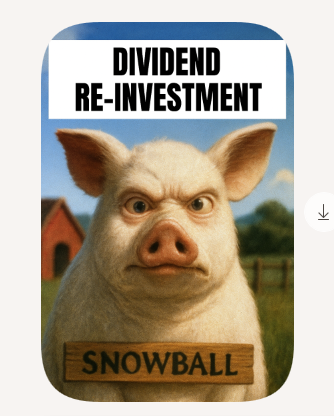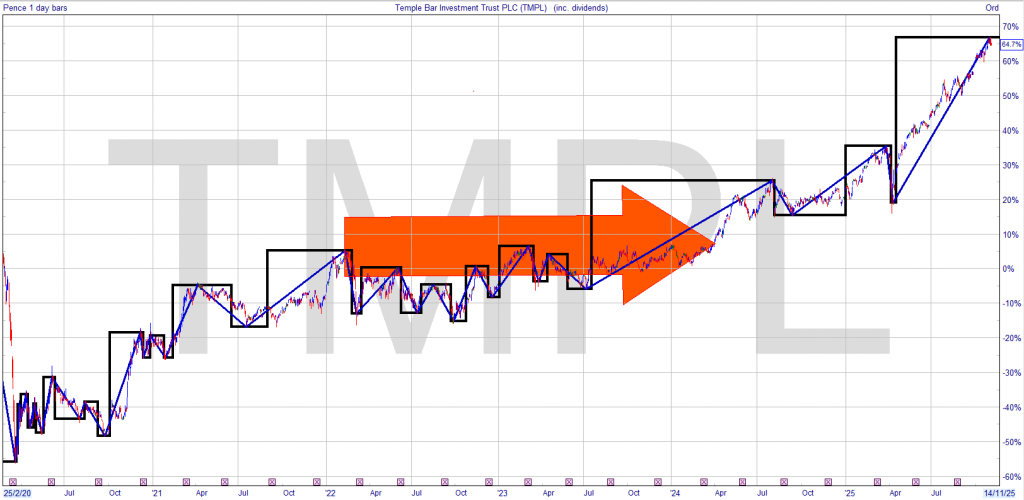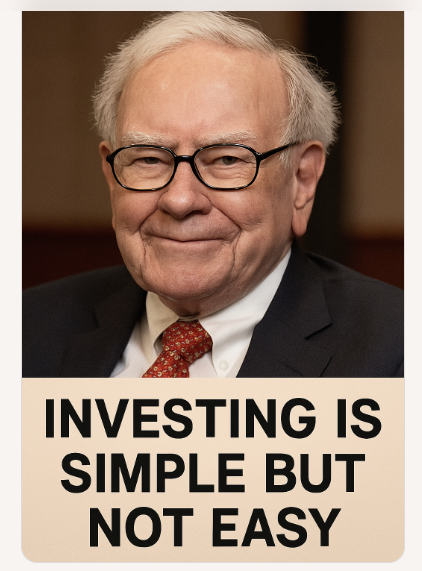
To address concerns around overcompensation and ensure a fairer inflation adjustment mechanism for the RO, the UK government, the Scottish Government, and the Northern Ireland Executive are considering two options for transitioning from the Retail Price Index (RPI) to the Consumer Price Index (CPI). Both options aim to deliver a more proportionate approach to inflation indexation, reduce costs to consumers, and align with broader government and
regulatory policy.
Option 1: Immediate Switch to CPI Indexation
This option would involve a simple switch in the the price index used to adjust the RO buy-out price from the RPI to the CPI. Subject to legislative schedules, the UK government, the Scottish Government, and the Northern Ireland Executive would look to implement ahead of
Changes to inflation indexation in the Renewables Obligation scheme
the next annual adjustment scheduled in March 2026 which would see the RO buy-out price increased in line with CPI. This approach would ensure generators continue to receive a stable and predictable return that maintains its value, whilst making savings in the energy system.
Option 2: Temporary Freeze and Gradual Realignment with CPI
This alternative would involve freezing the RO buy-out price at the 2025/26 level (£67.06 per ROC), taking effect from April 2026 (subject to legislative schedules). The government would construct a ‘shadow’ price schedule for the RO buy-out price from 2002, annually adjusted using CPI instead of RPI. No further inflation-linked increases would be applied until the cumulative effect of CPI-based inflation on that shadow price matches the current RPI-adjusted
buy-out price. At this point of realignment, annual indexation would resume using CPI.
This option goes further than Option 1 and would not only prevent further overcompensation in future but gradually realign scheme costs after presumed historical overinflation caused by RPI’s tendency to overstate inflation. It could stabilise scheme costs in the short term and transition to a more sustainable inflation measure over time. This would bring with it greater
long-term savings for consumers, as scheme costs would be held steady until CPI and RPI inflation realign. We estimate that in scheme compliance year 2026/27 this could save consumers around £300m, rising to an estimated saving of around £820m in 2031/32.
The UK government, the Scottish Government, and the Northern Ireland Executive are seeking views on which of these proposals presents the best alternative to the current methodology of RPI-indexation of the RO scheme.
We are particularly mindful that any change needs to be balanced against the broader impacts on renewables investment in the UK, which is essential to protect consumers against volatile fossil fuel prices. This is particularly pertinent in a period where the sector is focused on delivering the UK government’s Clean Power 2030 mission.

Dividends can be more reliable than share prices as they’re driven by
the companies performance itself and not by the whim of investors.




